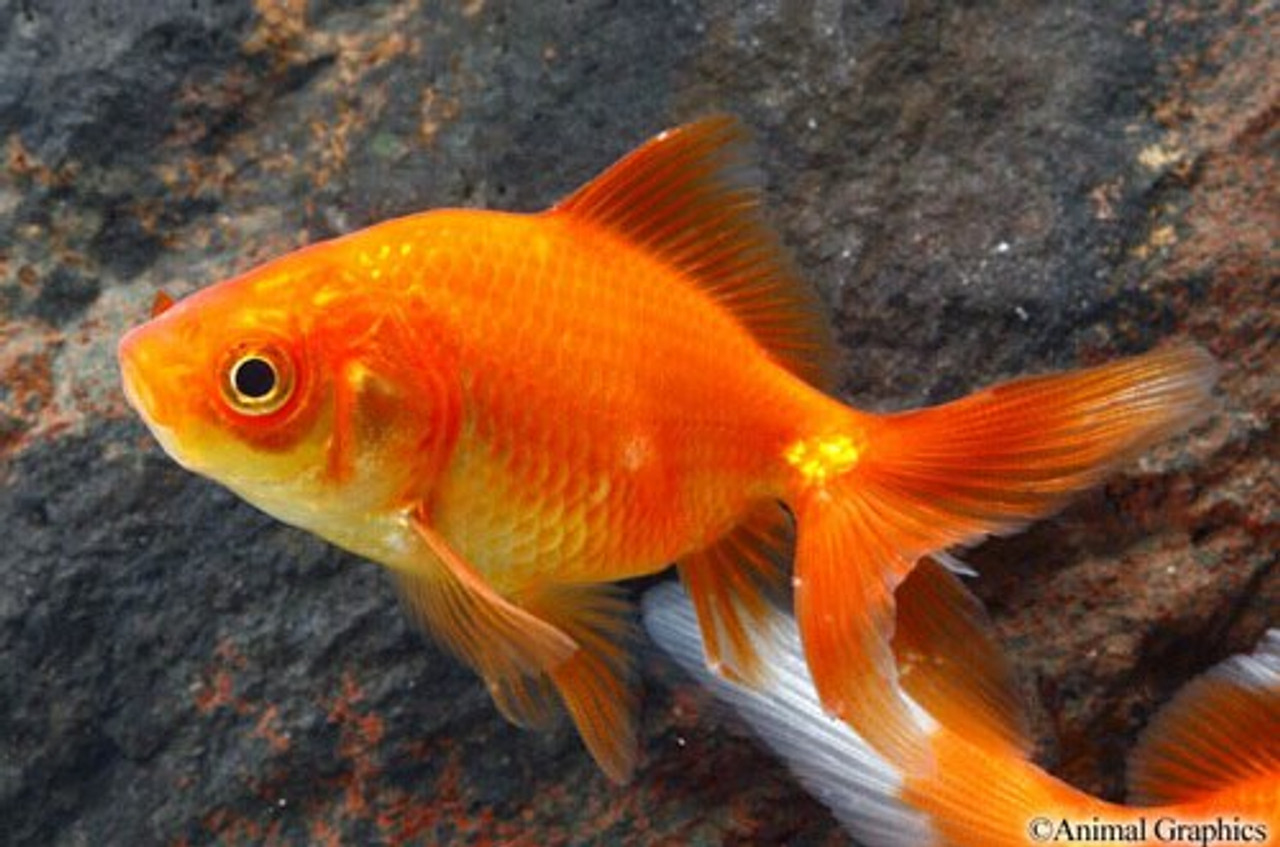
Any filtration you choose to use in your tank or pond should be able to handle this biological waste, removing potentially lethal ammonia as well as introducing dissolved oxygen back into the water. Wakin are known to produce large amounts of waste. Make sure that your gravel is large enough that they cannot eat it. If you are going to use a substrate in your tank or pond, Wakin will eat small or fine pieces of gravel. If the intention is to keep the Wakin in a tank, do not buy a heated tank. The tank size should be at least 30 gallons, with an extra 10 gallons per additional fish. These goldfish prefer pond environments where they have the space to roam. As fast swimmers, they will require a little more room to move. Wakin Goldfish are more mobile than some other fancy goldfish. Wakin are now available in calico, yellow, brown and orange colors, too. Though, over the last few years, new color variations have emerged as a result of selective breeding. Traditionally, Wakin are red or white (or red and white). The average life expectancy is 12 years (so anywhere from 10-15 years), but some Wakin have been known to live up to 20 years in bigger ponds with optimum conditions. However, Wakin are hardy goldfish and can weather colder pond temperatures in the winter. The preferred temperature range for this type of fancy goldfish is 60-78✯. Wakin Size and Life ExpectancyĪlthough a fully grown Wakin is usually anywhere from 10-12 inches, they have been known to grow upwards of 18 inches in an ideal pond environment with optimal water parameters and healthy conditions. Ordinarily, the Wakin’s tail is not as long or flowing as some of the other varieties of split-tailed fancy goldfish however, there is one type of Wakin-the Watonai-which does have a flowing tail. The most distinguishing characteristic of the Wakin, however, is its short, double tail-which, if seen first, makes people assume it is a Fantail Goldfish. They have long, slender bodies with a dorsal fin that can cover almost the entire back. Wakin ShapeĪ Wakin closely resembles its more common cousin.

However, with the higher cost, it might be worth owning a less expensive variety first before opting for a Wakin. They usually fetch a premium price, too.Īs they are sturdy goldfish, Wakin don’t require a tremendous amount of TLC and so can be kept by beginners. However, they are still one of the rarer types of fancy goldfish. hatcheries have been producing Wakin Goldfish, making them more accessible. Until recently, these types of fancy goldfish were not readily available in the United States, and as such were rare to find in ponds and tanks. Probably bred from Chinese Goldfish brought over to Japan, Wakin Goldfish have been around since the 1500s, making it one of the oldest varieties of Japanese Goldfish.

Pronounced wa-KEEN, the Wakin Goldfish is a variety of Japanese fancy goldfish.


 0 kommentar(er)
0 kommentar(er)
